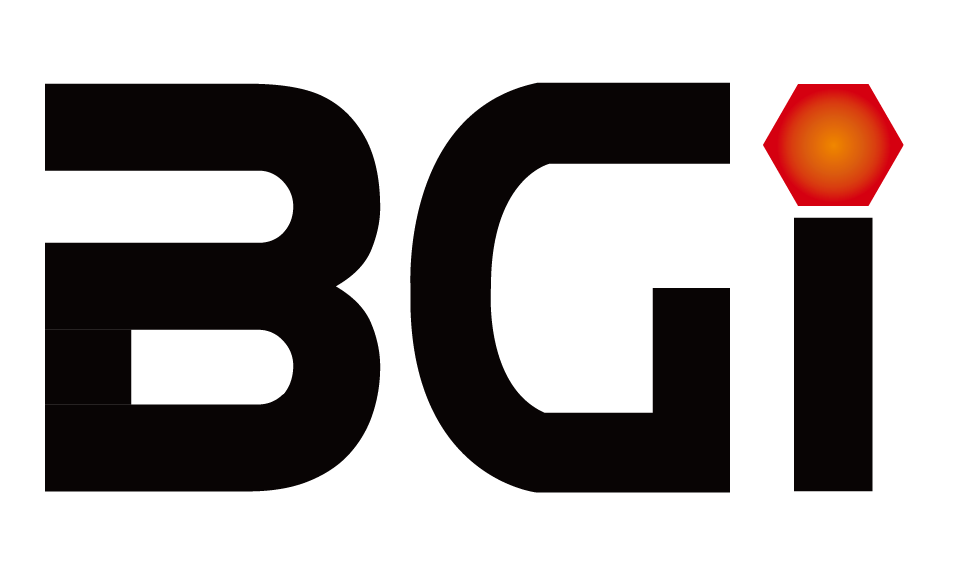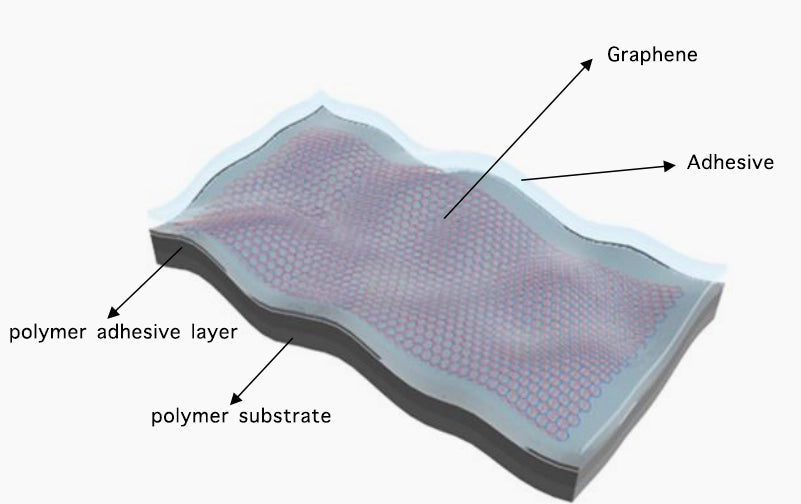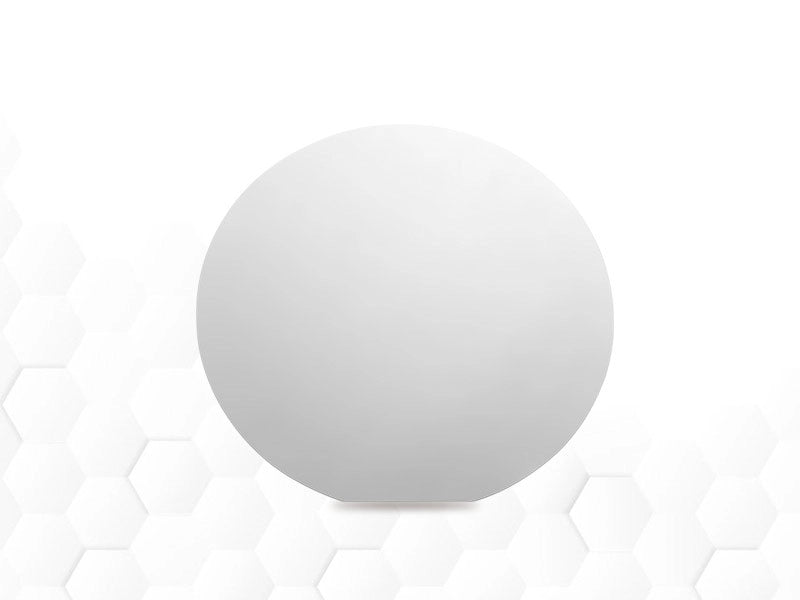BGI, in collaboration with the research team of Dr. Lin Li from Peking University and a leading enterprise in the chemical industry, has recently made significant strides in the development of graphene-based water-oxygen barrier films. By utilizing a damage-free transfer technology, the graphene is transferred onto a polymer substrate, achieving conformal adhesion between the graphene layers and the polymer substrate. This innovative process enhances interlayer coupling and increases the energy barrier for the migration and permeation of water and oxygen molecules through the graphene layers, significantly improving the barrier properties.
Water-oxygen barrier films are critical materials for the flexible encapsulation of OLED (organic light-emitting diodes), QLED (quantum dot light-emitting diodes), electronic devices, and OPV (organic photovoltaic) thin-film solar cells. These films serve to protect organic light-emitting materials, quantum dots, and light-emitting components from water vapor and oxygen, which are key factors limiting the longevity of these devices.
The production of water-oxygen barrier films is both technology- and capital-intensive, with the development of flexible, high-transparency, and high-performance barrier films holding great scientific and practical value. As an ideal thin-film encapsulation material, the high-quality graphene films grown through chemical vapor deposition (CVD) can theoretically block all gas molecules, including those as small as helium. Compared to traditional inorganic encapsulation materials, graphene films offer superior flexibility and achieve a visible light transmittance rate of 97.7%. This latest development is expected to further reduce the water-oxygen permeability of the films, reaching levels as low as 10^-4 to 10^-6 g/(m²·d). Such breakthroughs could break the current foreign monopoly on high-barrier films, marking a new frontier in graphene transfer technology and expanding its applications in both fundamental research and practical fields.
In recent years, BGI has responded to growing domestic demand for cutting-edge materials, particularly in areas such as biological detection instruments and high-end research supplies, where breaking the reliance on foreign imports has become a pressing need. BGI has introduced a series of advanced products, including TOC separation membranes, electron microscope grids, and water-oxygen barrier films, meeting the market's expectations for graphene applications in optoelectronic devices, sensing technologies, smart displays, and precision detection scenarios.
Looking ahead, BGI will continue to be market-driven and user-focused, fostering integration between industry, academia, and research. The company is committed to building a leading platform for graphene applications, advancing both scientific research and industrial development in the field.





Leave a comment
All comments are moderated before being published.
This site is protected by hCaptcha and the hCaptcha Privacy Policy and Terms of Service apply.